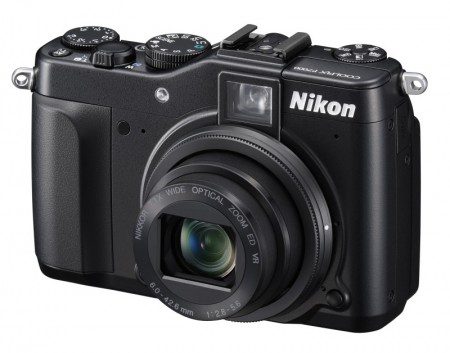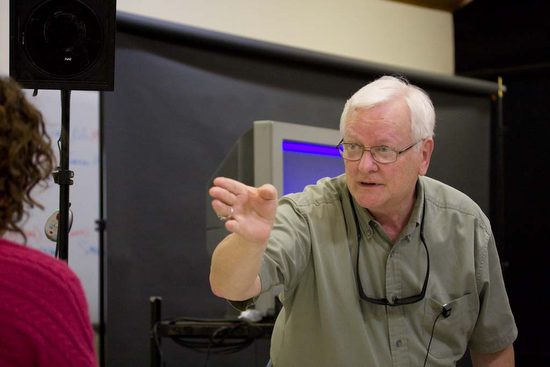
This is my uncle Knolan Benfield who was the first to give me a camera and teach me photography.
Knolan talked with me over his counter in his studio in Hickory, North Carolina, in 1979 about how to use this range finder camera he gave me. It took 35mm film and didn’t have a meter.

No meter meant you had no way to measure the light and see what a perfect exposure was. He gave me a roll of film and then pulled out the paper that came with the film.
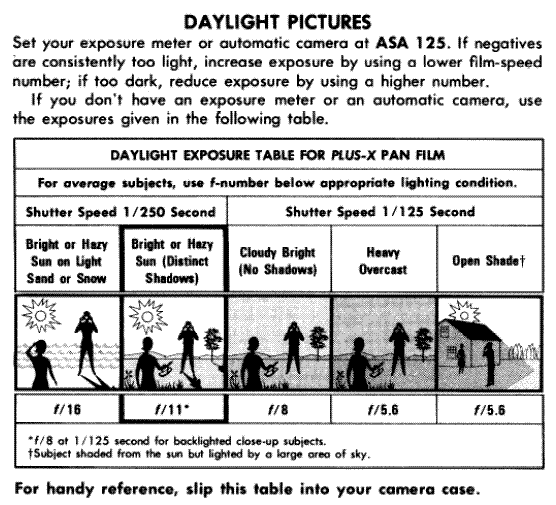
I learned about the Sunny ƒ/16 rule. This is where in direct sunlight, the Aperture is ƒ/16, and the shutter speed is equivalent to the ISO. So if you had ISO 64, your shutter speed would be the closest to that; for my camera, that was 1/60. Using the chart with the film, I learned how to properly expose Sunlight, Cloudy days, Shade, and backlit photos.
This is how I took photos when I first started. I dropped that camera while ice-skating when my dad bought me my first DSLR Pentax K1000 camera. I could change lenses, and it had a built-in meter.
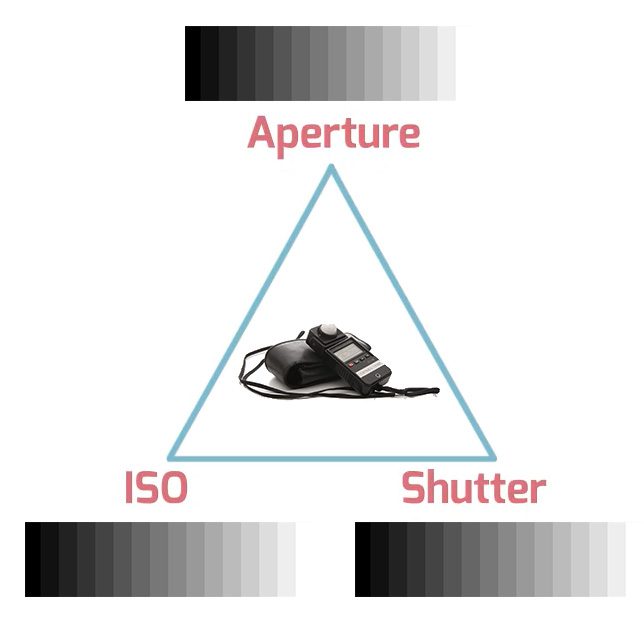
Now in the days of film, you buy a film that would work indoors or outdoors. You didn’t change your ISO from frame to frame as you can today with digital.
I remember Knolan taking time to explain how Aperture and Shutter-speed worked.
One of the most important things he taught me was how the Kodak Brownie box camera worked and how my camera was different.
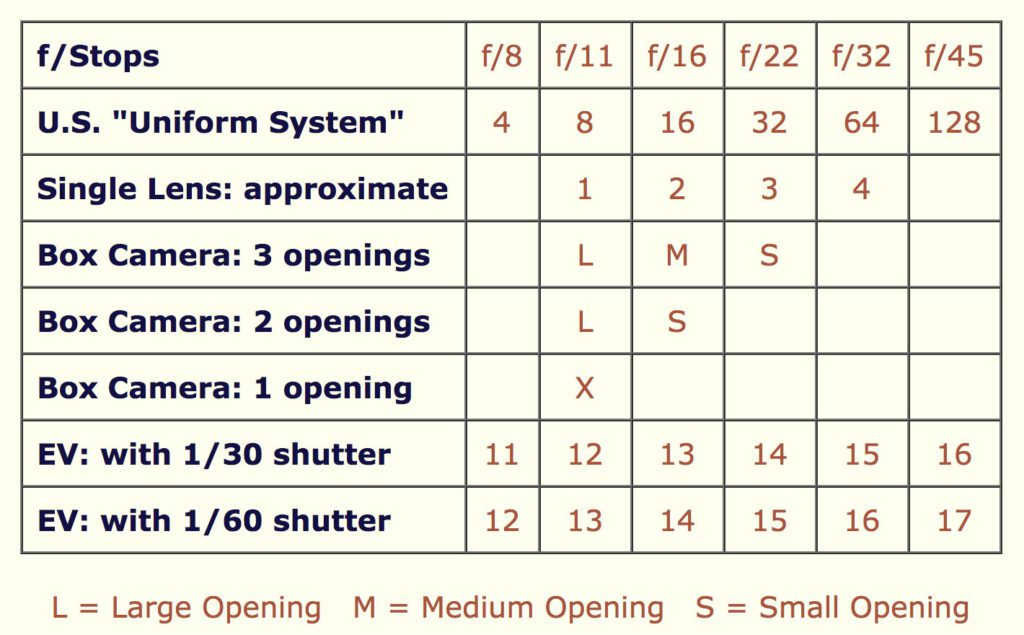
The original Brownie camera had one aperture of ƒ/11 and one shutter speed of 1/35-1/50 seconds.
Knolan pointed out that only using the sunny ƒ/16 rule outside meant I could have saved a lot of money and bought the Kodak Brownie camera rather than the Pentax K1000.
Besides controlling the exposure, Aperture and Shutter-Speed give you creativity.
Today I am channeling all those comments that Knolan taught me. If you only shoot at one aperture all the time, you are missing out on so much creativity that your camera can do.
Assignment to do
Depth of Field & Lens Selection
4 images with the same composition, altering the aperture and focal length
1. Widest focal length, widest aperture (~ f/3.5)
2. Widest focal length, aperture between f/11-f/22
3. Longest focal length, widest aperture (~ f/4.5-5.6)
4. Longest focal length, aperture between f/11-f/22
Some previous blog posts to help you:
Depth of Field Preview – A tool underused by many photographers
Depth-of-field is more than Aperture

